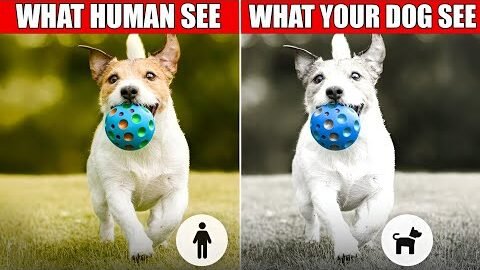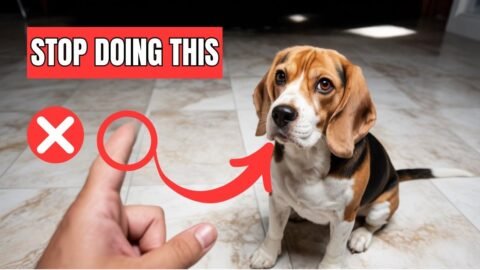This video provides a three-step process to stop dogs from pulling on the leash and teach them to walk in a heel position.
Here’s a breakdown of the three steps:
- Step 1: Paying for Position (Engagement)
- This step involves rewarding the dog for being in the “sweet spot,” which is the trainer’s left-hand side.
- The trainer uses the dog’s regular food as a reward, emphasizing that no special treats are needed. This step focuses on building engagement between the dog and the handler.
- Step 2: Preparing for Correction (Correction with Direction)
- This step prepares the dog for corrections when they become disengaged or distracted.
- The trainer demonstrates a gentle tap on the leash followed by walking backward, signaling to the dog that the tap means food is available if they return to the left-hand side.
- The video also discusses the use of a prong collar for future needs, introducing it gently so the dog associates it with positive experiences rather than punishment. The trainer shows how to introduce the prong collar with light taps, associating it with getting paid.
- Step 3: Putting it All Together (Corrective U-Turn and Sudden Stop Pop)
- This step combines rewards and corrections to establish proper leash walking.
- Corrective U-Turn: When the dog is out in front and not paying attention, the handler performs a quiet U-turn, catching the dog off guard. This teaches the dog to pay attention to the handler’s movements to avoid running out of leash. The trainer suggests doing 3-5 U-turns to see a significant improvement.
- Sudden Stop Pop: Once the dog starts checking in more frequently, the handler introduces sudden stops. If the dog doesn’t stop with the handler, a slight pressure or “pop” on the leash occurs, teaching the dog to pay attention to the handler’s stops. This also leads to the dog eventually auto-sitting when the handler stops.
The video emphasizes that this method works for any dog, regardless of age, breed, or temperament. By the end of the session, Bubba shows a significant improvement in his leash walking, paying more attention and staying closer to the handler. The trainer also mentions using a double-hooked leash (prong collar and martingale) for softer corrections, which can be adjusted based on the dog’s temperament.








